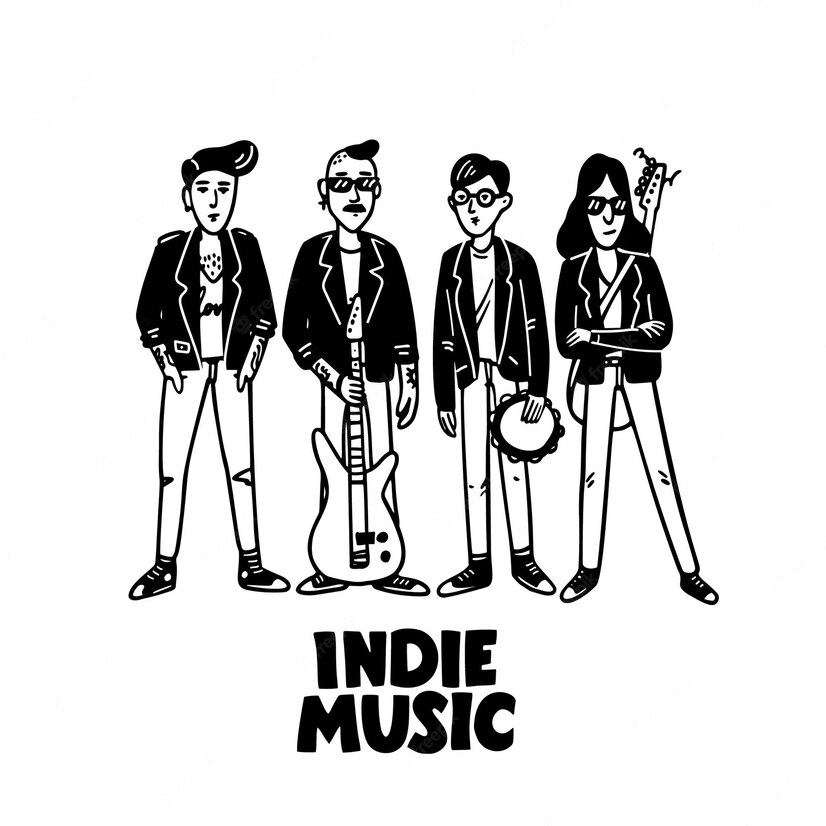What's the music this week? w/c 27 March
27 March 2023

This week it's all about: Indie Music
‘Indie’ is short for independent, a term first used to describe artists who recorded and released records themselves, rather than through a label. But the term now stretches far beyond the original definition. These days, many Indie music artists are signed to major labels, and the genre is more descriptive of an attitude, a sound, or an alternative way of making music - which, confusingly, can often result in serious commercial successes anyway.
Its roots stretch back to the 70s and the DIY punk ethic. In the 1970s, artists who pushed the boundaries of the accepted pop sound weren’t signed to major record labels, as their maverick approach wasn’t deemed commercial enough.
Music lovers found this boundary-pushing a refreshing antidote to the contrived pop and rock pushed by big record labels. Today, Indie music retains elements of its roots – although the jury is still out on how to define it.
It is safe to say the scene began in Manchester at the Hacienda, the Manchester club fêted during the Acid House and early Rave era which was originally a rock club. Founded by Factory Records and the band New Order in 1982, it hosted early gigs by the likes of The Smiths and Echo And The Bunnymen.
Later, a host of others including Blur, Placebo and Supergrass gigged there before it finally closed in 1997 and the genre spread countrywide, led by the Mancunians, Oasis, versus London’s Blur.
MABAL is music played through the school's speaker system during break and lunch. Chosen by Mr Taylor, Lead Teacher for Music, this is designed to offer exposure to the curriculum in different ways, and support pupils' appreciation of music.
The focus is on one theme each week across a genre, a country or from history. The theme could also link to the season or an event in school, such as the production. Any further suggestions are welcomed - pupils should see Mr Taylor or email a.taylor@priory.lancs.sch.uk
Tags: Music

